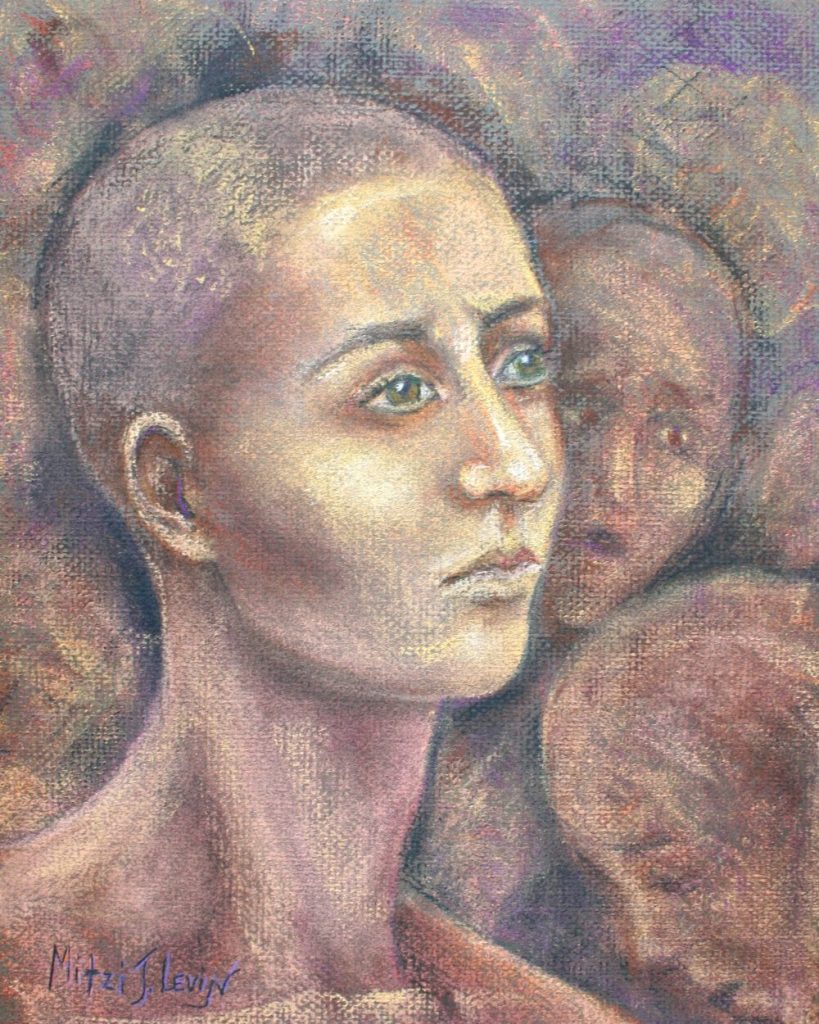
The Shower
By: Mitzi J. Levin“We’re in the gas chamber, aren’t we?” my cousin, Edith, asked, petrified.
“Oh no,” I answered. “We’re going to get a hot shower.” What else was I to say? My heart galloped in my chest. Cold perspiration oozed from my pores. I imagined that soon after we were given the gas, the floorboard would open to swallow our dead bodies.
We stood under the shower heads. Edith and I locked eyes. Then I closed mine. Soon a torrent of hot water splashed my body. I wanted to yell; I wanted to scream; but no sound escaped my throat.
“Lucky you,” a Polish woman who worked in the shower room whispered to me. “You’ll be leaving this hellhole soon.”
So writes Agnes Tennenbaum in When the Magic was Gone, her first-hand account of the Holocaust. A few days after her arrival at Auschwitz II (Birkenau), she was told she was being sent to the showers. A tremendous fear gripped her. In her brief stay, Agnes had learned that a shower could mean a way of cleaning yourself, or instead of water pouring through the shower head, lethal cyanide fumes from the pesticide Zyklon-B could fill the room and death would occur.
Auschwitz II (Birkenau) was one of the killing centers designed to carry out genocide. More than three million Jews were gassed in extermination camps. In its entirety, the Nazi “Final Solution” consisted of gassings, shootings, random acts of terror, disease, and starvation that accounted for the deaths of about six million Jews – two-thirds of European Jewry.
Agnes did not become part of the “Final Solution.” In March 1945, hunger, degradation, slave labor, and physical and mental punishment were over, she writes. On a cold day under a fine drizzle, she came face to face with the victorious American Army.
“Although I realize that every day is like a present from G-d, I also realize that the Germans and their Hungarian collaborators stole from me one of the most precious things in life: the magic of youth. It was gone, gone forever.”


